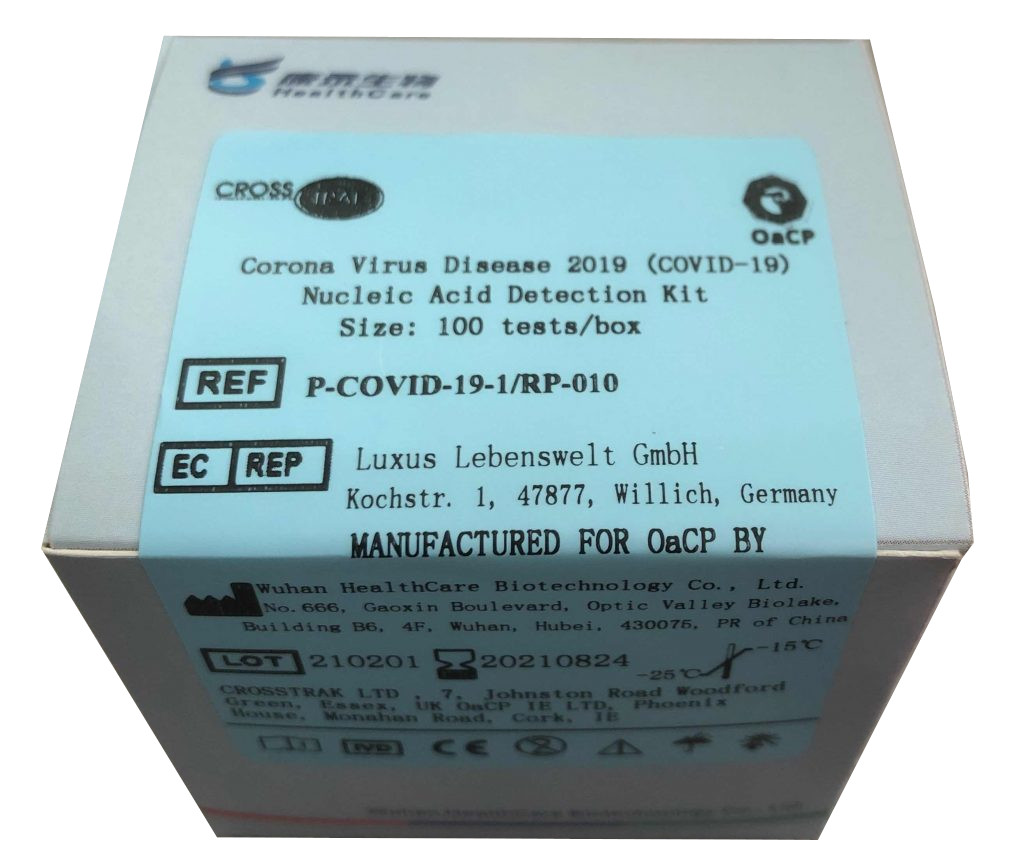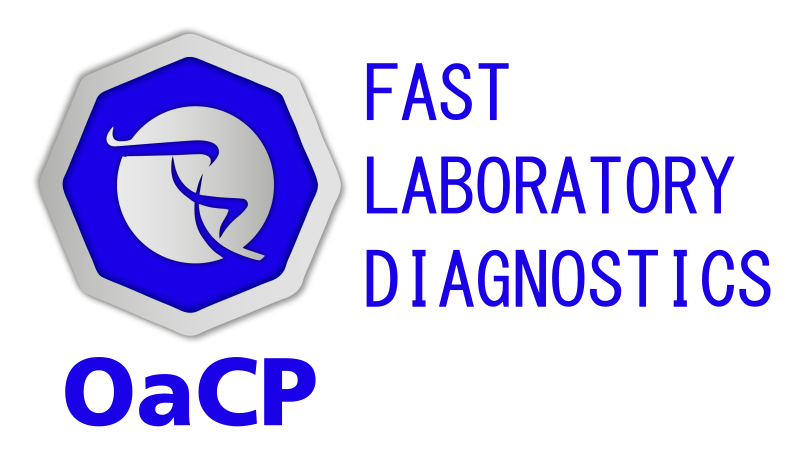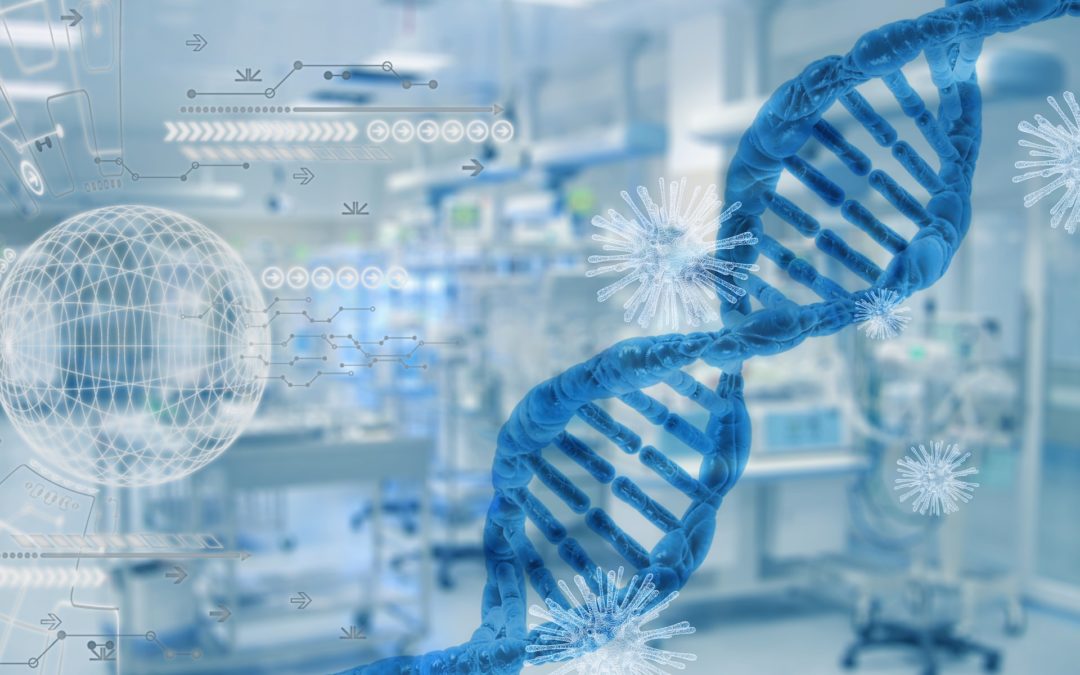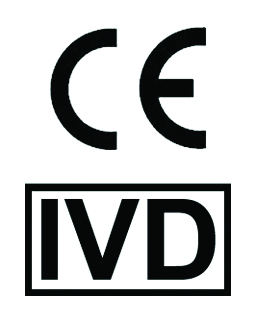All Sars-CoV-2 Variants of Concern (VOC) such as B.1.1.7 (aka UK) or B.1.351 (aka South African) harbor typical and own patterns of mutations, also out of the Spike glycoprotein.
B.1.1.7 contains 21 among missense mutations and deletions which 9 within Spike gene (del 69/70, del 144, N501Y, A570D, D614G, P681H, T716I, S932A and D1118H) (Alaa Abdel Latif et al.).
Similarly for B.1.351: South African variant harbor 16 among missense mutations and deletions, 8 in the Spike coding sequence (D80A, D215G, del241/243, K417N, E484K, N501Y, D614G, A701V) (Alaa Abdel Latif et al.).
Why research and medical debates are focused only on certain COVID-19 variants like K417N, E484K, and N501Y?
As already discussed in our last communication, a Sars-CoV-2 variant is defined as a variant of concern (VOC) if, through a comparative assessment, it has been demonstrated to be associated with an increase in transmissibility and could also change COVID-19 epidemiology. The implications related to a VOC are foreseeable on the effectiveness of public health and social measures or available diagnostics, vaccines, therapeutics. (Source: WHO)
Several scientific works are demonstrating that changes able to impact transmissibility, spreading and virus evasion capacity from immune activity, such as K417N, E484K, N501Y mutations, reside in a short and characteristic portion of spike protein, the receptor binding domain (RBD).
RBM is a region of about 220 aminoacids (Sanyal et al. 2020; Zhu et al. 2013) (out of 1270) located between residues 315-510 of Spike glycoprotein.
Clinical impacts of receptor binding domain (RBD) mutations.
RBD role is directed to binds the human angiotensin-converting enzyme 2 (ACE2) cellular receptor, so mediating the fusion of the virus to the cell membrane and its internalization (Walls et al. 2020), making this region useful to develop immune sera and vaccine.
In fact, during the first attempt to define which region to use for vaccine development, the recombinant vaccine that comprises residues 319–545 of the spike protein induced potent antibody response in immunized animals (Yang et al. 2020).
But, in other words, this region is so fundamental that mutations involving it could improve virus transmissibility and escaping capacity from neutralizing antibodies.
Computational mutagenesis approaches used to analyse the effects of missense mutations on SARS-CoV-2 Spike protein structure, demonstrated that many of these RBD mutations have a clear clinic impact:
- E484K mutation results in altered electrostatic interactions improving the RBD- ACE2 binding affinity and also causing rearrangements of the loop region containing the mutant residue, leading to a stronger binding of RBD with ACE2 for the formation of new hydrogen bonds (W. B. Wang et al. 2021)
- N501 residue mutations is important for RBD–ACE2 hydrogen-bonding network and hydrophobic interactions (Y. Wang, Liu, and Gao 2020);
- K417N mutation increases RBD binding to ACE2, ehich is futher increased when K417N is associated to N501Y such as within B.1.351 lineage.
The enabler of these effects is the key interacting centre given by K417, E484 and N501 residues, showing also a high structural and energetic plasticity that allow mutants in these positions to afford the improved binding affinity with ACE2. Moreover K417N, N501Y and E484K combination seems to be associated to a decrease antibody response (Fratev 2020; Xie et al. 2021).
Last but not least, another mutation within Spike gene, which is currently present in more than 90% of all circulating SARSCoV-2s although is not located in the interaction domain with ACE2, it has been associated with increased entry efficiency with human host cells: D614G has stabilizing effects on Spike (Teng et al. 2021).
The lesson to be learned from what we’ve been able to analyze since now is that mutations very near to a centre for allosteric interactions within RBD region require close attention. Therefore, we as a scientific community should urge public health systems to track and monitor all SARS-CoV-2 changes, especially those affecting the Spike protein sequence.
Written by Simone Di Giacomo, PhD, OaCP R&D Manager

CoViD-19 Nucleic Acid Detection Kit (VARIANTS)
Bibliography:
Alaa Abdel Latif, Julia L. Mullen, Manar Alkuzweny, Ginger Tsueng, Marco Cano, Emily Haag, Jerry Zhou, Mark Zeller, Nate Matteson, Chunlei Wu, Kristian G. Andersen, Andrew I. Su, Karthik Gangavarapu, Laura D. Hughes, and the Center for Viral Systems Biology. “B.1.1.7 Lineage Report.” outbreak.info, (available at https://outbreak.info/situation-reports?pango=B.1.1.7&loc=GBR&loc=USA&loc=USA_US-CA&selected=GBR).
———. “B.1.351 Lineage Report.” outbreak.info, (available at https://outbreak.info/situation-reports?pango=B.1.351&selected=ZAF&loc=ZAF&loc=USA&loc=USA_US-CA).
Fratev, Filip. 2020. “The N501Y and K417N Mutations in the Spike Protein of SARS-CoV-2 Alter the Interactions with Both HACE2 and Human Derived Antibody: A Free Energy of Perturbation Study.” bioRxiv: 2020.12.23.424283. http://biorxiv.org/content/early/2020/12/31/2020.12.23.424283.abstract
Sanyal, Dwipanjan, Sourav Chowdhury, Vladimir N Uversky, and Krishnananda Chattopadhyay. 2020. “An Exploration of the SARS-CoV-2 Spike Receptor Binding Domain (RBD) – a Complex Palette of Evolutionary and Structural Features.” bioRxiv: 2020.05.31.126615. http://biorxiv.org/content/early/2020/06/04/2020.05.31.126615.abstract .
Teng, Shaolei et al. 2021. “Systemic Effects of Missense Mutations on SARS-CoV-2 Spike Glycoprotein Stability and Receptor-Binding Affinity.” Briefings in bioinformatics.
Walls, Alexandra C. et al. 2020. “Structure, Function, and Antigenicity of the SARS-CoV-2 Spike Glycoprotein.” Cell.
Wang, Wei Bu et al. 2021. “E484K Mutation in SARS-CoV-2 RBD Enhances Binding Affinity with HACE2 but Reduces Interactions with Neutralizing Antibodies and Nanobodies: Binding Free Energy Calculation Studies.” bioRxiv: 2021.02.17.431566. http://biorxiv.org/content/early/2021/02/17/2021.02.17.431566.abstract
Wang, Yingjie, Meiyi Liu, and Jiali Gao. 2020. “Enhanced Receptor Binding of SARS-CoV-2 through Networks of Hydrogen-Bonding and Hydrophobic Interactions.” Proceedings of the National Academy of Sciences of the United States of America.
Xie, Xuping et al. 2021. “Neutralization of SARS-CoV-2 Spike 69/70 Deletion, E484K and N501Y Variants by BNT162b2 Vaccine-Elicited Sera.” Nature Medicine.
Yang, Jingyun et al. 2020. “A Vaccine Targeting the RBD of the S Protein of SARS-CoV-2 Induces Protective Immunity.” Nature.
Zhu, Xiaojie et al. 2013. “Receptor-Binding Domain as a Target for Developing SARS Vaccines.” Journal of Thoracic Disease.





